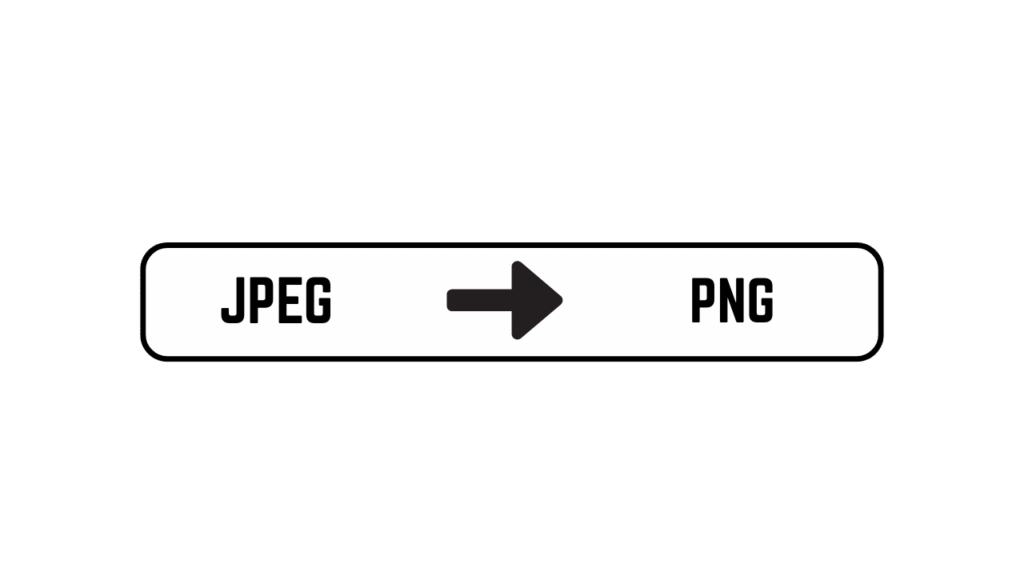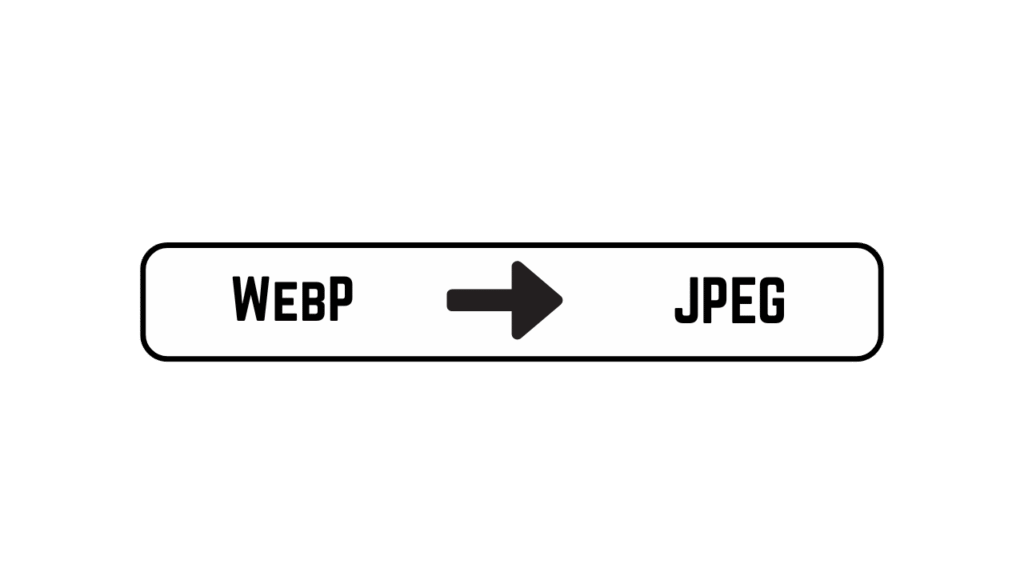
Discover how love meters and relationship compatibility tools use birth charts and romantic compatibility analysis to measure your connection. Learn how these tools work and how to interpret results for deeper relationships.
💖 Love Compatibility
Discover your love match with just a few details!
✨ Results ✨
Introduction
In the digital age, couples and singles alike are increasingly turning to love meters and relationship compatibility tools to gain insights into their romantic connections. These tools, which analyze factors from birth chart compatibility to personality alignment, offer a fascinating window into relationship dynamics. As a relationship expert with over a decade of experience studying compatibility systems, I’ve witnessed how these tools can provide valuable insights when understood and used appropriately.
Love meters and relationship assessment tools have surged in popularity, with thousands of people daily seeking to understand their romantic connections through various analytical systems. But how accurate are these tools? What’s the real value behind them? And most importantly, how can you use them to enhance your relationships rather than replace genuine connection?
In this comprehensive guide, we’ll explore the inner workings of love meters and relationship compatibility tools, their benefits and limitations, and how to interpret their results for healthier, more fulfilling relationships.
How Love Meters and Relationship Compatibility Tools Work
The Birth Chart Compatibility Analysis
Most sophisticated love meters utilize astrological principles to assess relationship potential through birth chart compatibility:
1. Planetary Position Analysis
Calculators map the exact positions of planets at the time of each partner’s birth
They examine compatibility between Venus (planet of love) and Mars (planet of passion) placements
The Moon’s position (emotional compatibility) is carefully analyzed
Astrological aspects between partners’ planets are calculated and interpreted
2. Sun-Moon-Rising Sign Triad
Advanced relationship meters examine the compatibility between all three major signs
Sun sign compatibility reflects core personality connection
Moon sign compatibility reveals emotional understanding
Rising sign compatibility shows how partners present themselves to the world
3. House Overlay Analysis
Your planets falling in your partner’s houses reveal areas of natural harmony or challenge
Their planets in your houses show how they affect different life areas
This creates a detailed map of relationship dynamics
The Romantic Compatibility Assessment
Beyond astrology, comprehensive relationship meters incorporate multiple factors:
1. Personality Dimension Alignment
Communication style compatibility
Conflict resolution approaches
Emotional expression alignment
Value and goal synchronization
2. Attachment Style Compatibility
Assessment of secure, anxious, or avoidant attachment patterns
Identification of potential attachment clashes or harmonies
Suggestions for creating security across different styles
3. Love Language Compatibility
Analysis of how each partner gives and receives love
Identification of matched or mismatched love languages
Strategies for bridging different expression styles
The Algorithmic Scoring System
Modern relationship meters combine these systems through sophisticated algorithms that:
Assign weighted values to different compatibility factors
Balance astrological, psychological, and interpersonal elements
Generate both overall compatibility scores and category-specific ratings
Provide specific insights into relationship strengths and growth areas
Benefits of Using Love Meters and Compatibility Tools
1. Objective Relationship Assessment
These tools provide a structured framework for evaluating relationships beyond subjective feelings, offering perspectives you might have missed.
2. Conversation Starters
Compatibility reports create neutral ground for discussing relationship dynamics, communication styles, and emotional needs that couples might otherwise avoid.
3. Understanding Natural Differences
By highlighting inherent differences in approach and perspective, relationship meters can help normalize conflicts and reduce blame in relationships.
4. Confirmation of Intuition
Many users report that compatibility results confirm what they intuitively felt about a relationship, providing validation and clarity for uncertain situations.
5. Identifying Growth Areas
Detailed reports often highlight specific areas where the relationship could benefit from focused attention and development.
Limitations and Considerations
While fascinating, love meters and compatibility tools have important limitations:
1. Not Scientific Predictions
These tools are based on symbolic systems and statistical correlations rather than empirical science. They should be viewed as metaphorical frameworks rather than factual predictions.
2. Individual Variation
Two people with identical compatibility profiles can have dramatically different relationship outcomes based on personal development, communication skills, and life circumstances.
3. Free Will Factor
No compatibility system can account for the power of choice, conscious effort, and personal growth in relationships. The most “incompatible” couples can thrive with dedication.
4. Cultural and Personal Context
Assessment tools may not account for cultural differences, personal values, or unique relationship models that fall outside conventional frameworks.
Love Compatibility FAQ
Your questions about relationship meters and compatibility tools answered
How accurate are love meters and relationship compatibility tools?
Accuracy varies significantly by the sophistication of the tool and its methodology. While they can provide interesting insights, they shouldn't be considered scientifically accurate predictions. The most value comes from using them as tools for reflection rather than definitive guides to relationship decisions.
Can relationships with low compatibility scores succeed?
Absolutely. Many couples with seemingly low compatibility scores have thriving relationships. Challenges highlighted in compatibility reports often point to areas that need conscious attention rather than impossible barriers. Often, the most growth happens in relationships that require effort and understanding across differences.
What's more valuable: birth chart compatibility or personality assessment?
Both offer valuable but different perspectives. Birth chart compatibility reveals deep energetic and emotional patterns, while personality assessments address daily interaction styles. The most comprehensive tools integrate multiple systems for a more complete picture.
Should I avoid relationships with low compatibility scores?
Not necessarily. While high compatibility can suggest easier connections, low compatibility scores often highlight areas for growth and learning. Many successful relationships come from seemingly "incompatible" pairings where both partners consciously work on understanding and accommodating their differences.
How often should we check our compatibility?
There's no need to repeatedly check compatibility with the same person. These tools are most valuable at the beginning of a relationship, during significant transitions, or when facing specific challenges. The core compatibility factors don't change significantly over time.
Are paid compatibility reports more accurate than free ones?
Not necessarily. While paid reports might offer more detail and personalization, many free tools use the same fundamental principles. The value comes more from how you apply the insights than the price tag.
Can compatibility change over time?
While core compatibility factors remain relatively stable, how they express can evolve as individuals grow. Additionally, relationship skills developed over time can overcome initial compatibility challenges.
Ready to Discover Your Compatibility?
Try Our Love Meter NowThe Science Behind Compatibility Systems
While some compatibility systems aren’t scientific in the traditional sense, they represent sophisticated systems of pattern recognition. From a psychological perspective, these tools work through:
Pattern Recognition: Identifying recurring dynamics in relationships
The Barnum Effect: People tend to find personal meaning in statements that could apply to many people
Confirmation Bias: We notice and remember information that confirms our existing beliefs
Symbolic Resonance: Archetypal systems provide frameworks for understanding complex human experiences
Modern relationship psychology has identified several empirically-validated compatibility factors that sometimes align with these systems, including:
Communication style compatibility
Conflict resolution approaches
Value and goal alignment
Attachment style interactions
Emotional intelligence matching
Ethical Considerations
When using love meters and compatibility tools, keep these ethical considerations in mind:
1. Don’t Make Major Decisions Based Solely on Results
Never end or commit to a relationship based primarily on a compatibility report. These should be just one data point among many more important factors.
2. Respect Privacy
If you’re calculating someone else’s compatibility without their knowledge, consider whether this respects their boundaries and privacy.
3. Cultural Sensitivity
Be aware that these systems may originate from specific cultural traditions and may not align with everyone’s beliefs or background.
4. Commercial Awareness
Many compatibility services are ultimately selling products or services. Be mindful of upselling and remember that paid services aren’t necessarily more accurate.
Conclusion
Love meters and relationship compatibility tools offer fascinating insights into relationship dynamics through various analytical frameworks. While they shouldn’t be used as definitive guides to relationship decisions, they can provide valuable perspectives for understanding differences, identifying growth areas, and starting important conversations.
The most successful relationships aren’t necessarily those with the highest compatibility scores, but those where both partners commit to understanding, respecting, and nurturing their connection—regardless of what the assessment might suggest.
Remember that no algorithm can capture the full complexity of human connection. The magic of relationships lies not in predetermined compatibility but in the daily choices to show up, communicate honestly, and choose each other again and again.

